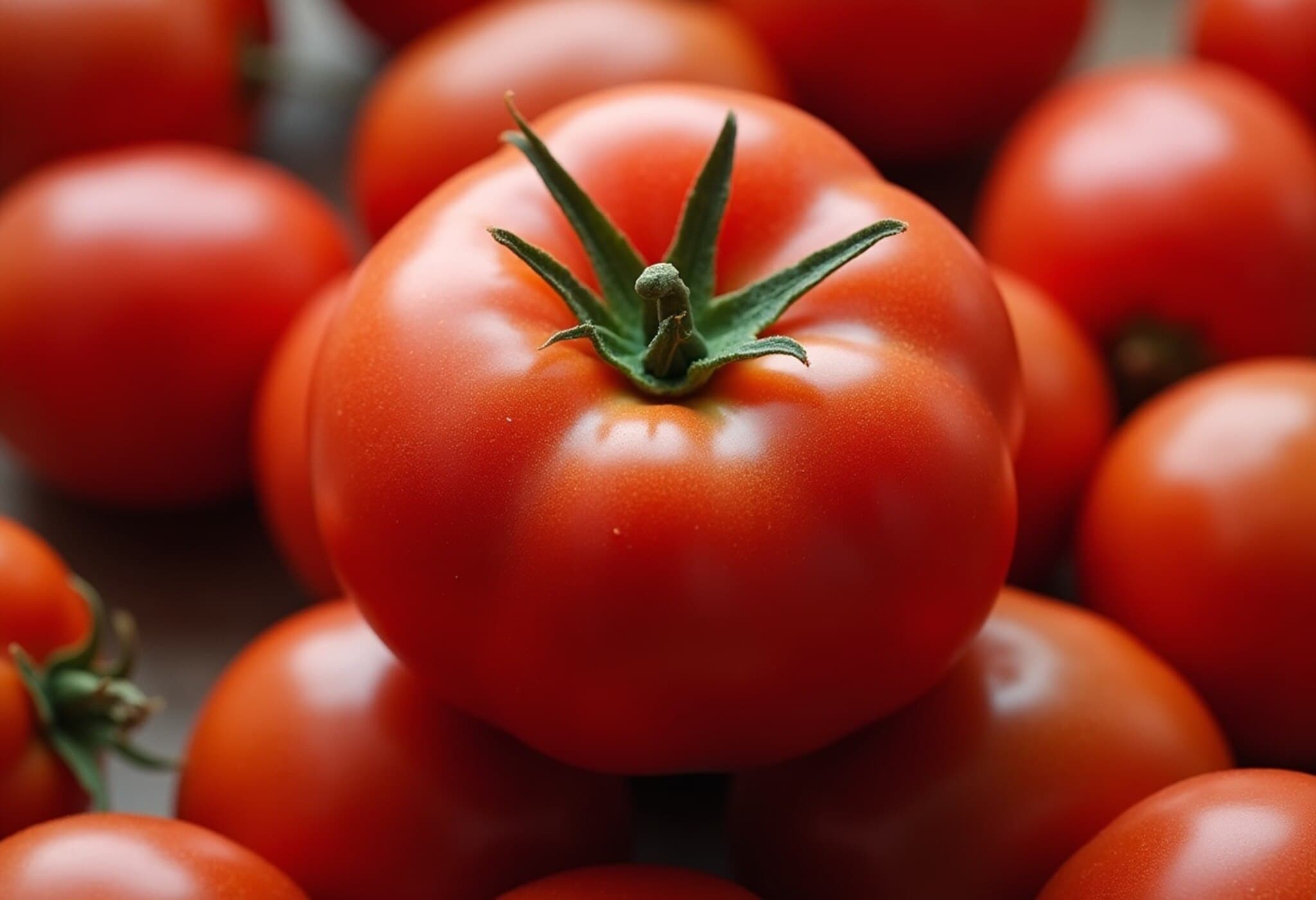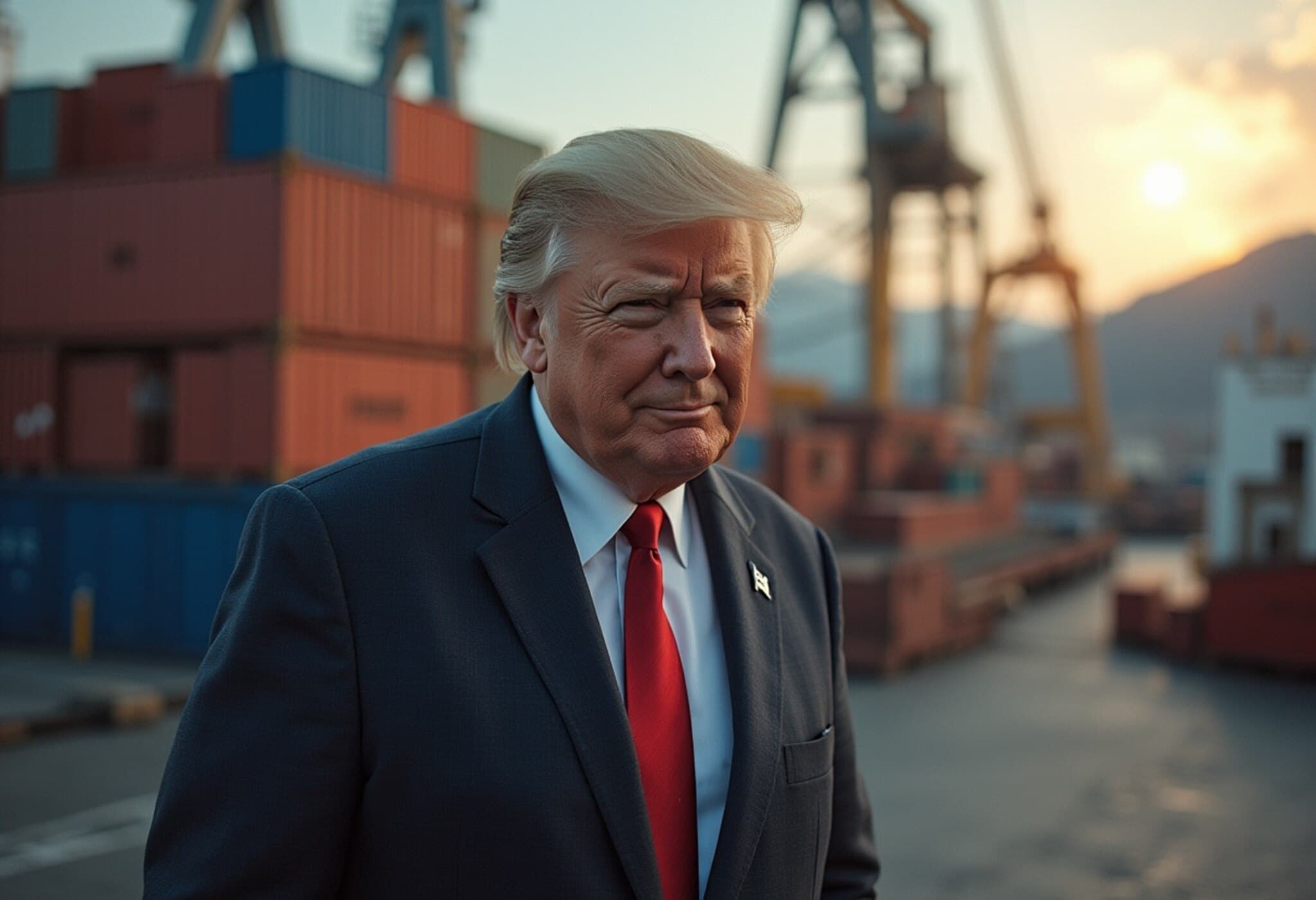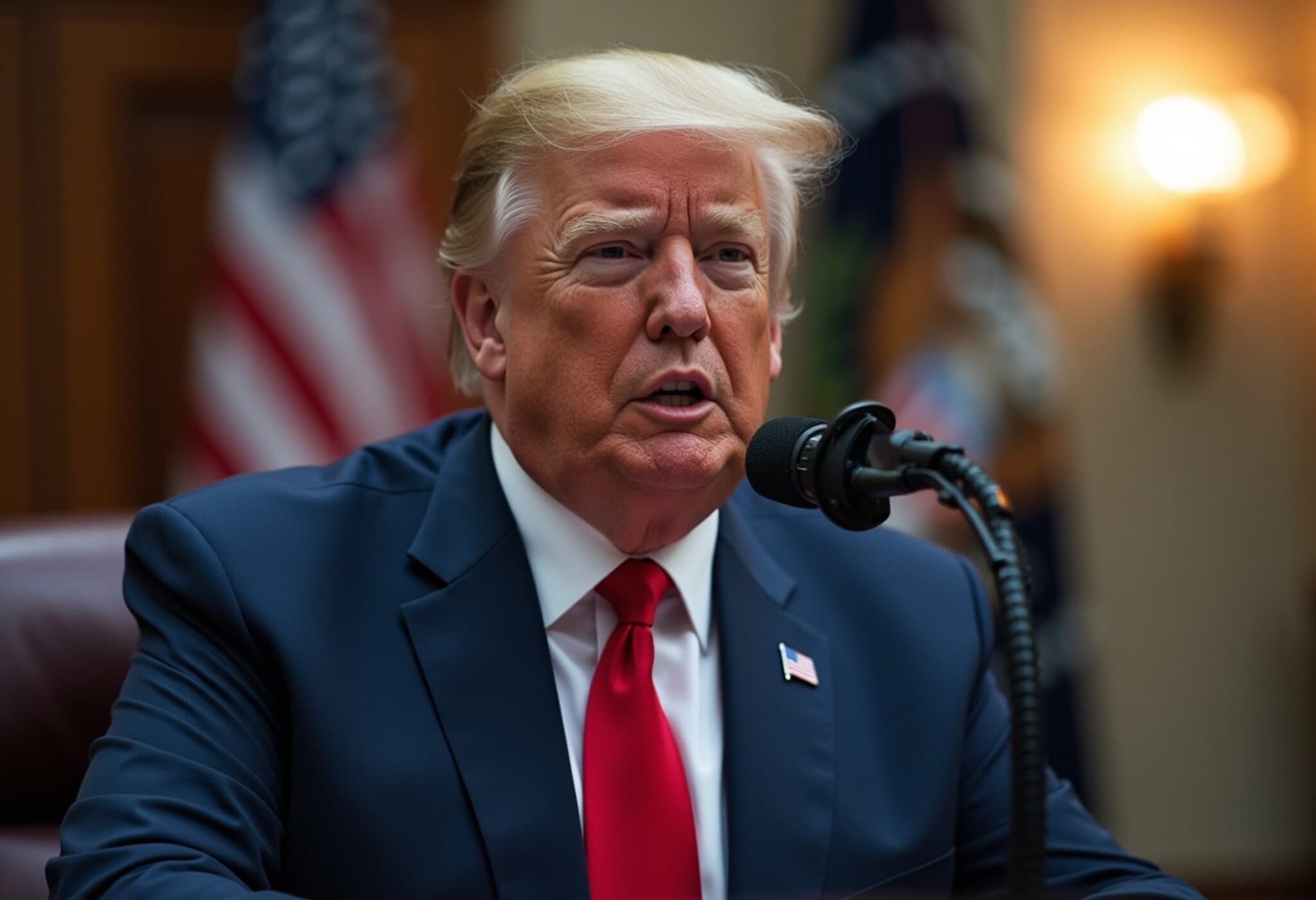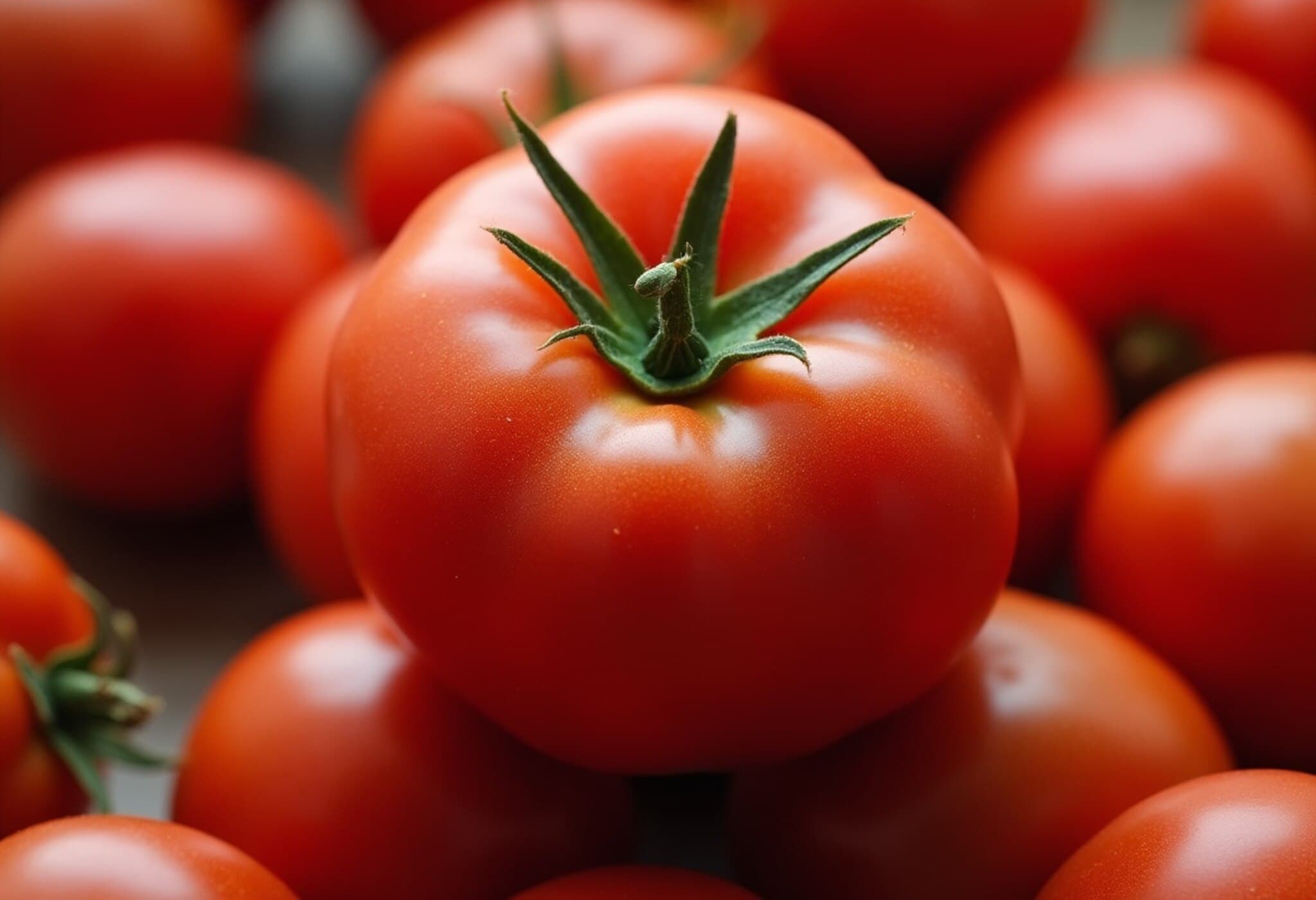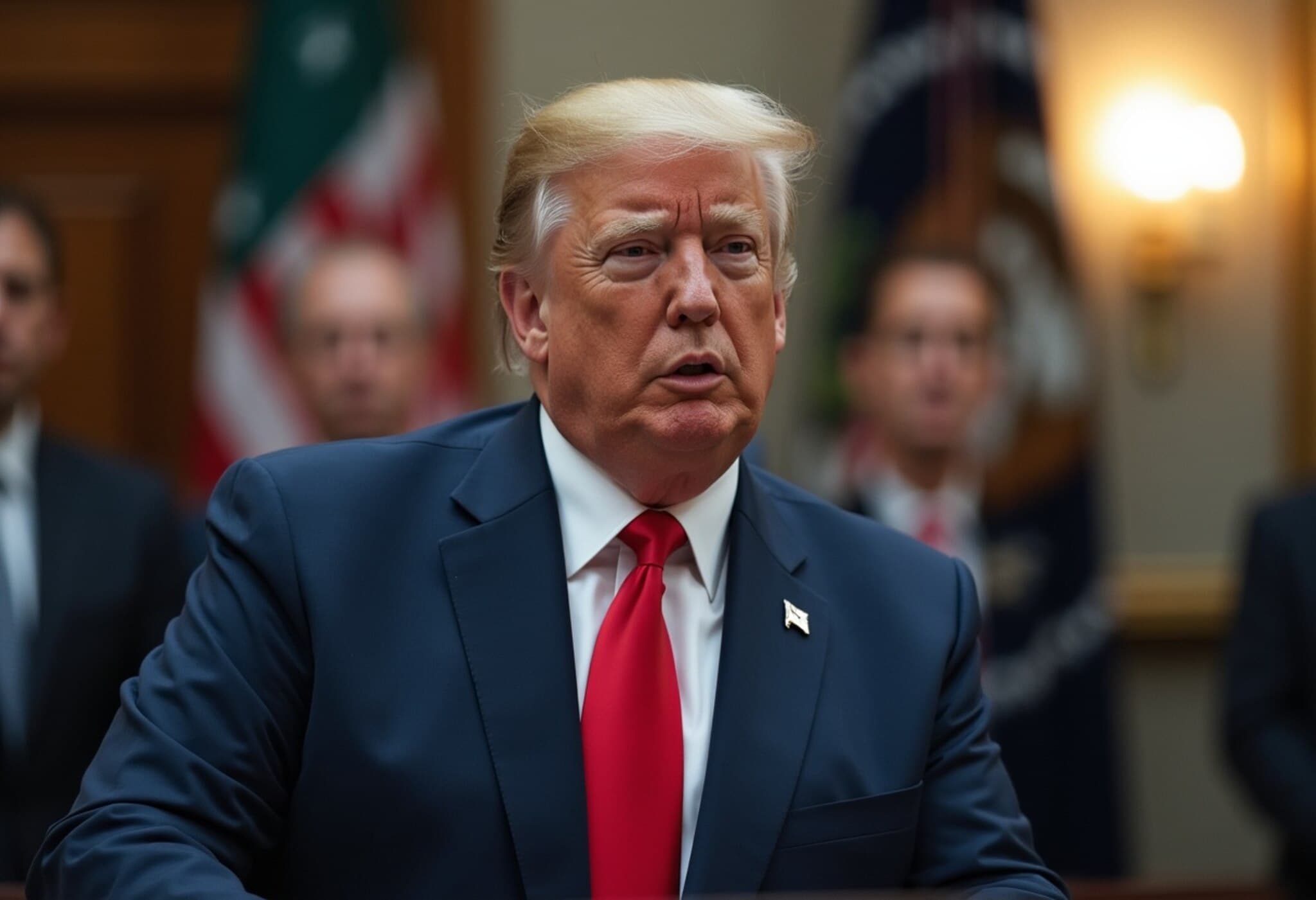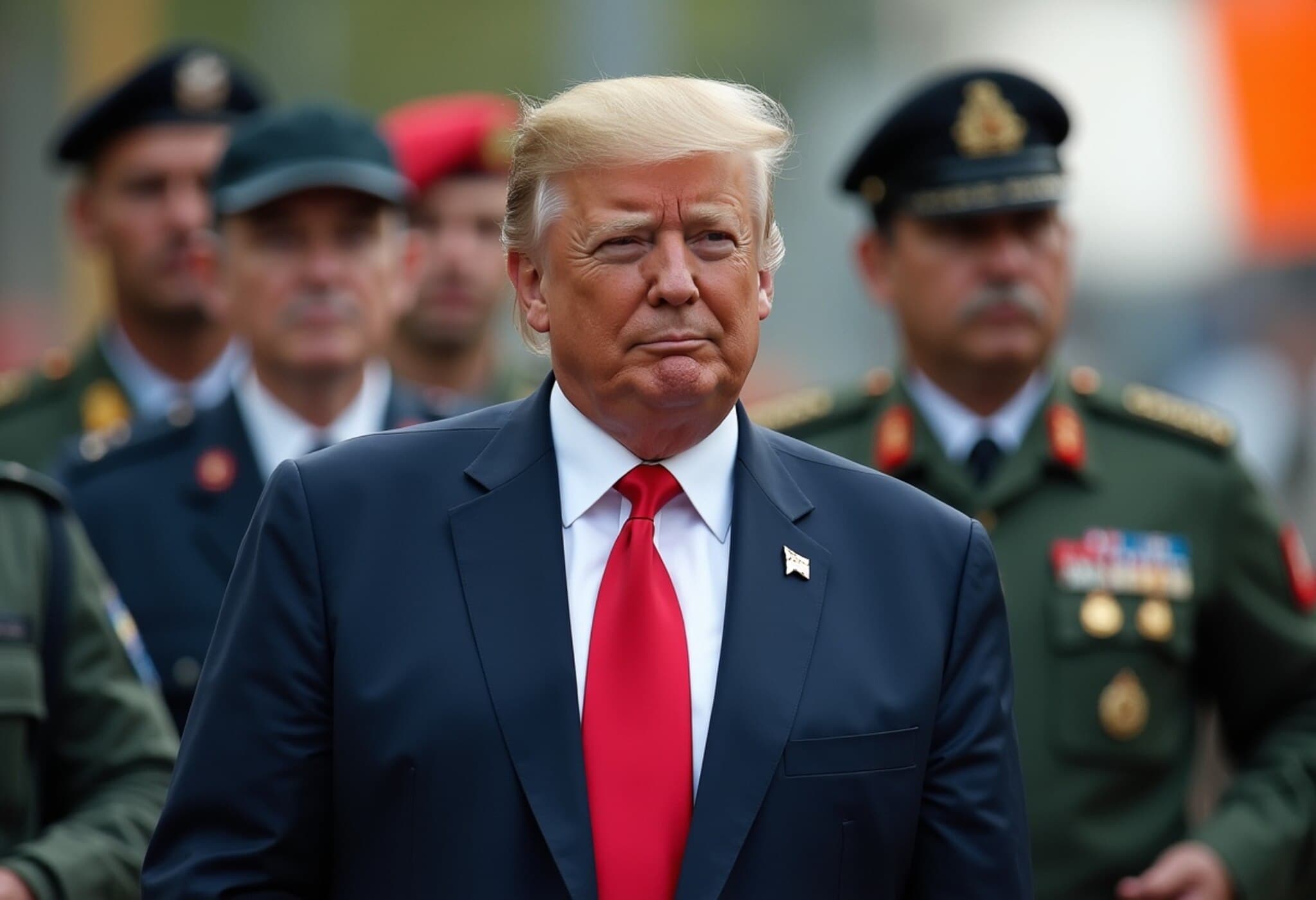US Imposes 17% Tariff on Mexican Fresh Tomatoes
In a significant development impacting North American agricultural trade, the United States announced on Monday the immediate imposition of a 17% anti-dumping duty on most fresh tomatoes imported from Mexico. This move follows unsuccessful negotiations aimed at avoiding such tariffs and marks a pivot in US trade policy targeting Mexican agricultural exports.
Background: The Surge in Mexican Tomato Supply
According to data from the Florida Tomato Exchange, Mexico’s share of the US fresh tomato market has dramatically risen from 30% two decades ago to an estimated 70% today. This substantial increase in imports has become a focal point for US policymakers and domestic tomato producers who argue that the rise jeopardizes local agriculture.
Rationale Behind the Tariff
The US Commerce Department labeled the previous trade dynamics as “unfair trade practices”, accusing Mexican producers of dumping tomatoes at prices that undercut American farmers. Commerce Secretary Howard Lutnick stated, “Mexico remains one of our greatest allies, but for far too long our farmers have been crushed by unfair trade practices that undercut pricing on produce like tomatoes. That ends today.”
Proponents of the tariffs believe the 17% duty will help rejuvenate the struggling US tomato industry and encourage more fresh tomatoes to be grown domestically rather than imported. The measure is also a part of broader protectionist gestures that have characterized aspects of recent US trade policy, particularly under the Trump administration.
Reactions and Implications
Mexican President Claudia Sheinbaum responded to the tariff announcement by expressing commitment to work alongside tomato producers to mitigate the impact of the new duties, although details remain scarce. The tariff could strain the trade relationship between the two countries, both of which benefit heavily from the United States–Mexico–Canada Agreement (USMCA), the successor to NAFTA.
The move follows previous tariffs announced by former President Trump, including a 25% tariff on Mexican products reinstated in January, which were later exempted for USMCA-covered goods. Last week, Trump escalated threats to raise Mexican tariffs to 30% from August 1, demanding renegotiations that would favor American producers.
The Bigger Picture: Agriculture, Trade, and Policy
This tariff highlights complex challenges in North American trade: the balancing act between protecting domestic industries and maintaining strong trade partnerships. For US consumers, higher tariffs often translate into increased prices at the grocery store, while Mexican exporters face financial strains. Moreover, the move might prompt retaliatory trade policies from Mexico, potentially affecting other sectors.
Experts suggest that instead of solely relying on tariffs, long-term solutions could include collaborative agricultural policies, investment in domestic farming innovation, and fair trade dialogue to address pricing disparities without jeopardizing the broader economic alliance.
Key Takeaways:
- 17% anti-dumping duty imposed on most fresh Mexican tomatoes entering the US market.
- Mexico’s tomato share in the US jumped from 30% to 70% over two decades, raising concerns among US farmers.
- The tariff aims to revitalize US tomato farming and counter alleged unfair trade practices.
- Mexican government pledges to mitigate impact, though specifics remain unclear.
- Potential for escalating trade tensions between two key North American partners.
Editor’s Note
This tariff action underscores the delicate balance between national economic interests and international trade diplomacy. While protecting domestic industries is a legitimate government aim, the ripple effects on consumer prices, bilateral relations, and long-term regional supply chains deserve close scrutiny. Readers should watch for how this policy shift might influence food prices in the US and inspire further trade negotiations or retaliations, potentially reshaping North American agriculture.

